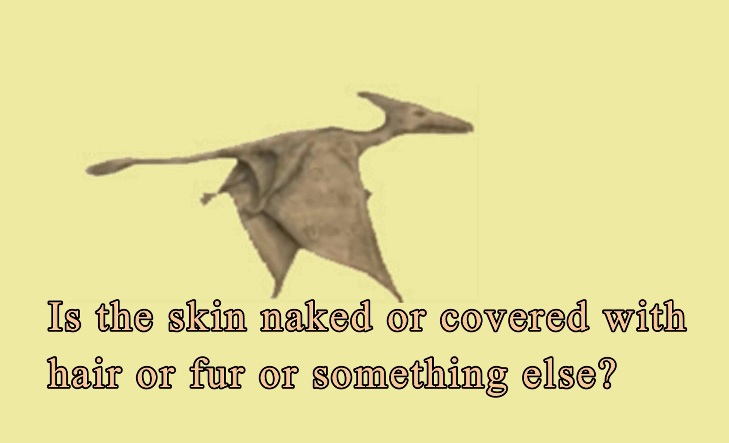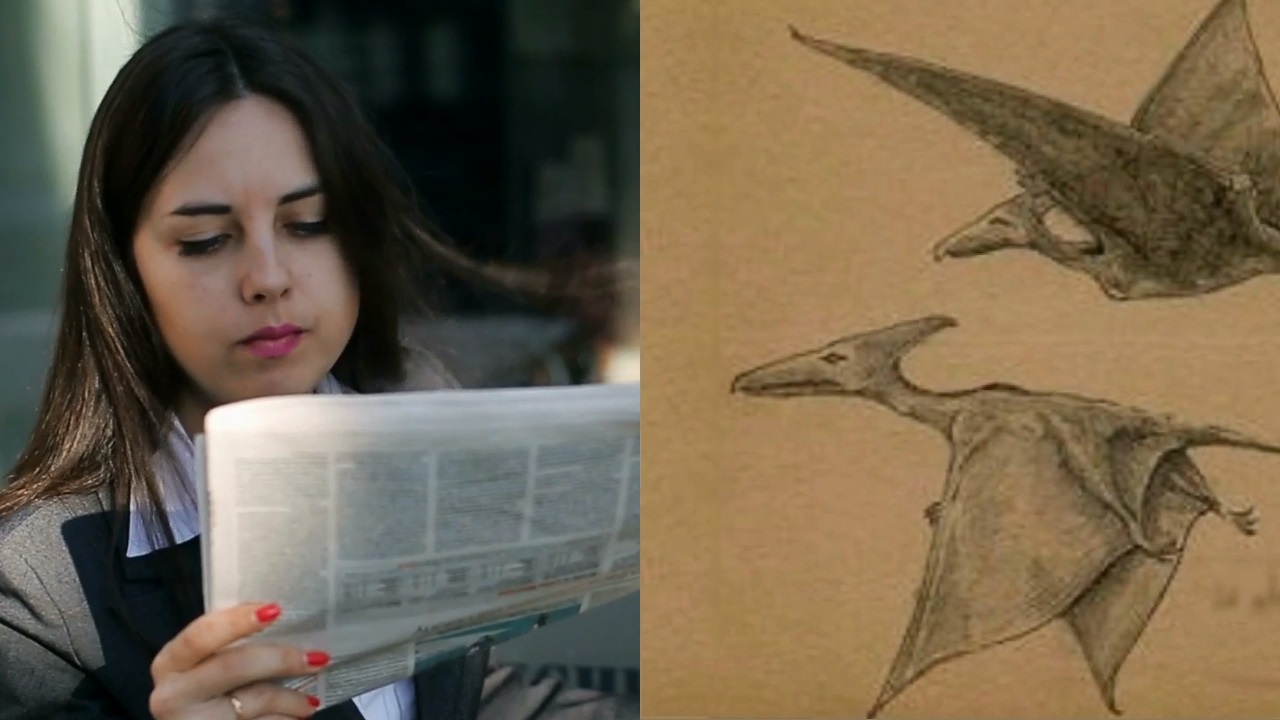By non-fiction cryptozoology author Jonathan Whitcomb
Please consider the following, before I respond to a small portion of the negative comments that Glen Kuban has made about my writings. Not all of his writings are about me or my publications, but many of them are.
Introduction
From the middle of 2003 until early in 2019, I have spent well over 10,000 hours in my investigation of eyewitness sightings of possible living pterosaurs. Only a small portion of that time has been on expeditions and directly looking for the flying creatures that are described by eyewitnesses. Many of those hours have been in writing books and blog posts.
Yet those 10,000+ hours were spent entirely in this narrow, obscure branch of cryptozoology: related to sighting reports of flying creatures that appeared to be extant pterosaurs, a.k.a. “pterodactyls.” In other words, none of those hours involved Bigfoot or Loch Ness or any non-flying cryptid. I really have entirely specialized in this narrow branch of cryptozoology, possibly writing more about it than all other cryptozoologists combined, at least in the most obvious books and online publications.
I do not declare that all the hundreds of eyewitnesses saw exactly what they reported to me that they had seen, as if all the details must have been 100% correct. Yet the great majority of those who have been brave enough to contact me—those persons really did see a living pterosaur, in my opinion.
Glen J. Kuban seems to me to have dedicated much of his life, in the past seven years or so, to try to convince people that no modern pterosaur exists, anywhere on the planet, and that is where we completely disagree.
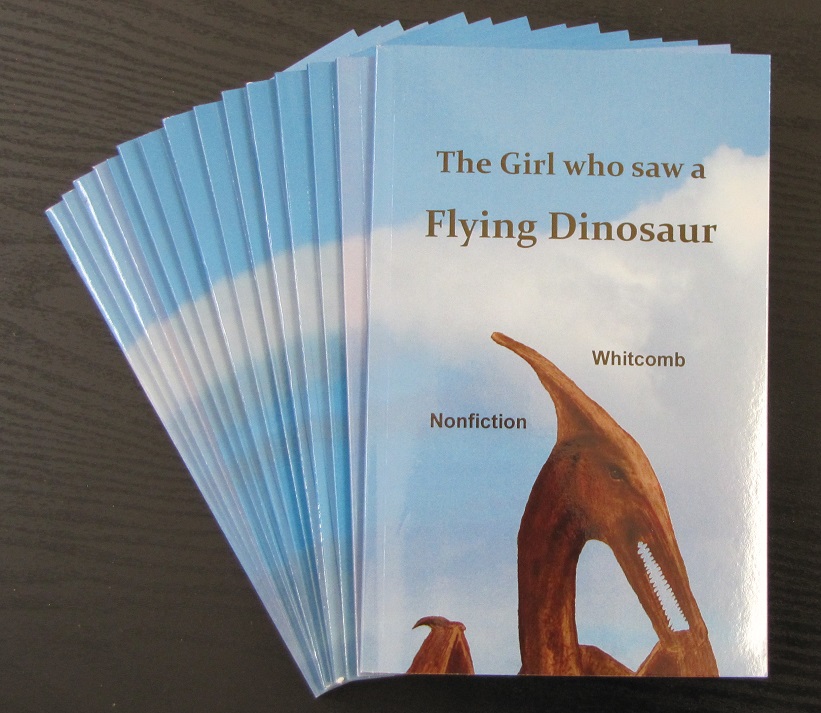
The most recent book written by Jonathan Whitcomb
.
Criticisms from Glen Kuban
Before dealing with Kuban’s criticisms of my book The Girl who saw a Flying Dinosaur, I need to put things in perspective. For many years, Kuban has criticized my work and writings. Many of these have been on his web page “Living Pterosaurs (‘pterodactyls’)?”
The August 15, 2018, version of his page is enormous. Consider the calculations done by the online counter at Word-counter (dot-net):
- Number of words: 37,452
- Number of characters: 238,194
- Sentences: 1548
- Paragraphs: 527
- Time it may take you to read it: 2 hours and 16 minutes
- Most common word: Whitcomb: 407
Yes, you read that last line correctly: The most common word in Glen Kuban’s web page about “living pterosaurs” is my surname, Whitcomb. (not counting words like “the,” and,” etc.) He actually mentions me much more often than 407 times, with pronouns, but you get the point. I don’t recommend taking the 136 minutes needed to read his web page. If you do read it, I doubt you’ll see much about me that is positive; about 1% may be neutral about me.
I will not take the time to counter everything negative that Kuban says about me and my writings. I do not have a thousand hours or so that would be necessary to spend on it. I’ll just say that much of it is mostly false, some of it is almost entirely false, and a smaller portion of it is 100% false.
Please put yourself in my place. Should somebody publish hundreds of negative things about you, at least a very few might have some truth to them, would they not? Not one of us is perfect. At least a few of Kuban’s criticisms of my work and my writings have at least some merit, surely. But the point is this: The great majority of them have little, if any, merit or reasonable relevance.
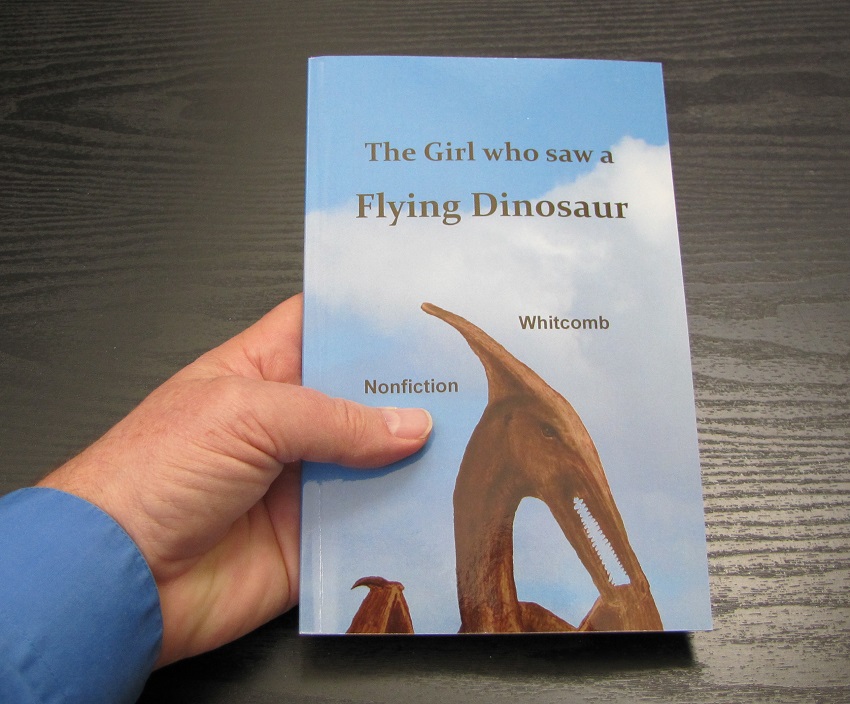
The Girl who saw a Flying Dinosaur (by Jonathan Whitcomb)
.
Amazon Customer Review
Glen Kuban goes by the name of “Paleo View” on Amazon. I have nothing against people using a pen name when they write an Amazon customer review. In fact, a number of things might justify using a pseudonym online or in print publications. I do object, however, to the content of his comments about this book.
I now mention the original customer review Kuban wrote and put up on the Amazon page on January 29, 2019. Kuban sometimes makes changes in his online writings, after I make comments about them. He might make positive changes here, so please do not assume that he always holds onto his mistakes or fails to improve himself when his error is corrected and he learns about it. He does better at self-correction than a number of writers I have known of.
But a reader-book-review on Amazon is supposed to be about the book. In fact, their policy includes, “Customer Reviews and Questions and Answers should be about the product.” In other words, if the book is not about religion, then a person writing a review about that book should not write about the supposed religious beliefs of the author of the book.
The cryptozoology book The Girl who saw a Flying Dinosaur is not about religion. Mr. Kuban, however, included the following in his review of the book:
. . . many young-Earth creationists (YECs) such as Whitcomb often disregard this, however, Whitcomb’s claims are not even endorsed by any major creationist or cryptozoology groups . . .
Even if Kuban’s opinions about my religious beliefs are correct, the book should be the subject of the book review. Nothing in this book is about creationists or about the Bible or about religion. I expect, that by the time you read this, Amazon will have removed Kuban’s customer review of this book, and it may be because of his improper comments about religion.
The book review by Glen Kuban has other serious problems, but I’ll let this go for now. By the way, The Girl who saw a Flying Dinosaur is for young readers: older children and young teenagers.
###
.
Living pterosaur
Bioluminescence and the ropen of Papua New Guinea
.
Living pterosaurs and Glen Kuban
About the gigantic web page that is critical of living-pterosaur research and expeditions and publications
.
Nonfiction books on living pterosaurs
About two cryptozoology books by Jonathan Whitcomb:
- Live Pterosaurs in America (third edition)
- Searching for Ropens and Finding God (fourth edition)
.
Is the Ropen a “Stupid Fantasy?”
It began after the online publication of a photo of a biology professor from Oregon; he was standing by the Yakima River in Washington state. Professor Peter Beach (who has taught at a small college in the Portland area) was being interviewed by me, Jonathan D. Whitcomb (an American cryptozoology author), on August 6, 2014, with Milt Marcy (also from Portland), another cryptozoologist. . . .
.
New book about “flying dinosaurs”
Actually, I highly recommend my book that was just published: The Girl who saw a Flying Dinosaur. I just want to be sure that copies of it go to those young readers who want the adventure of approaching this subject with an open mind.
.
Another book on live pterosaurs
“At least hundreds of thousands of eyewitnesses worldwide have seen living pterosaurs, and real science must progress with human experience.”
.
*************************************************************************************
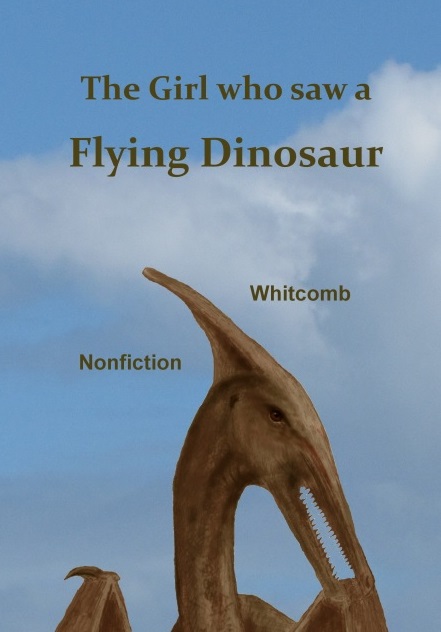
Short nonfiction cryptozoology book for kids and teens
From the title page of this book:
What the eyewitnesses have seen, in many areas of the world, are not literally flying dinosaurs. The correct name for this kind of flying creature is ‘pterosaur.’ How is that possible? All of them are said to have become extinct many millions of years ago. It takes a whole book to answer a question like, “Why do some people believe that some of them are still alive?” This is one of those books.
.




